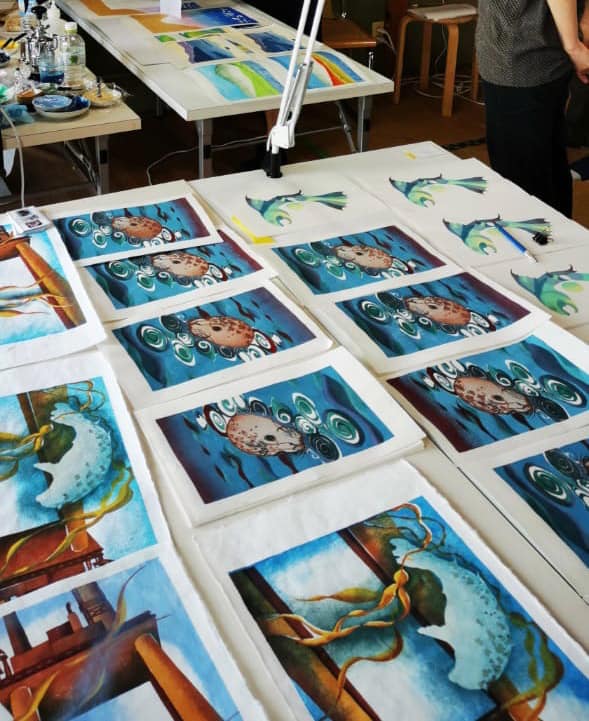
My residency time at Fujikwaguchiko is finished- and I’m now travelling with family in Kyushu (southern Japan). Japan is a lovely place- and much more rural and uncrowded overall than most people realize. See below.
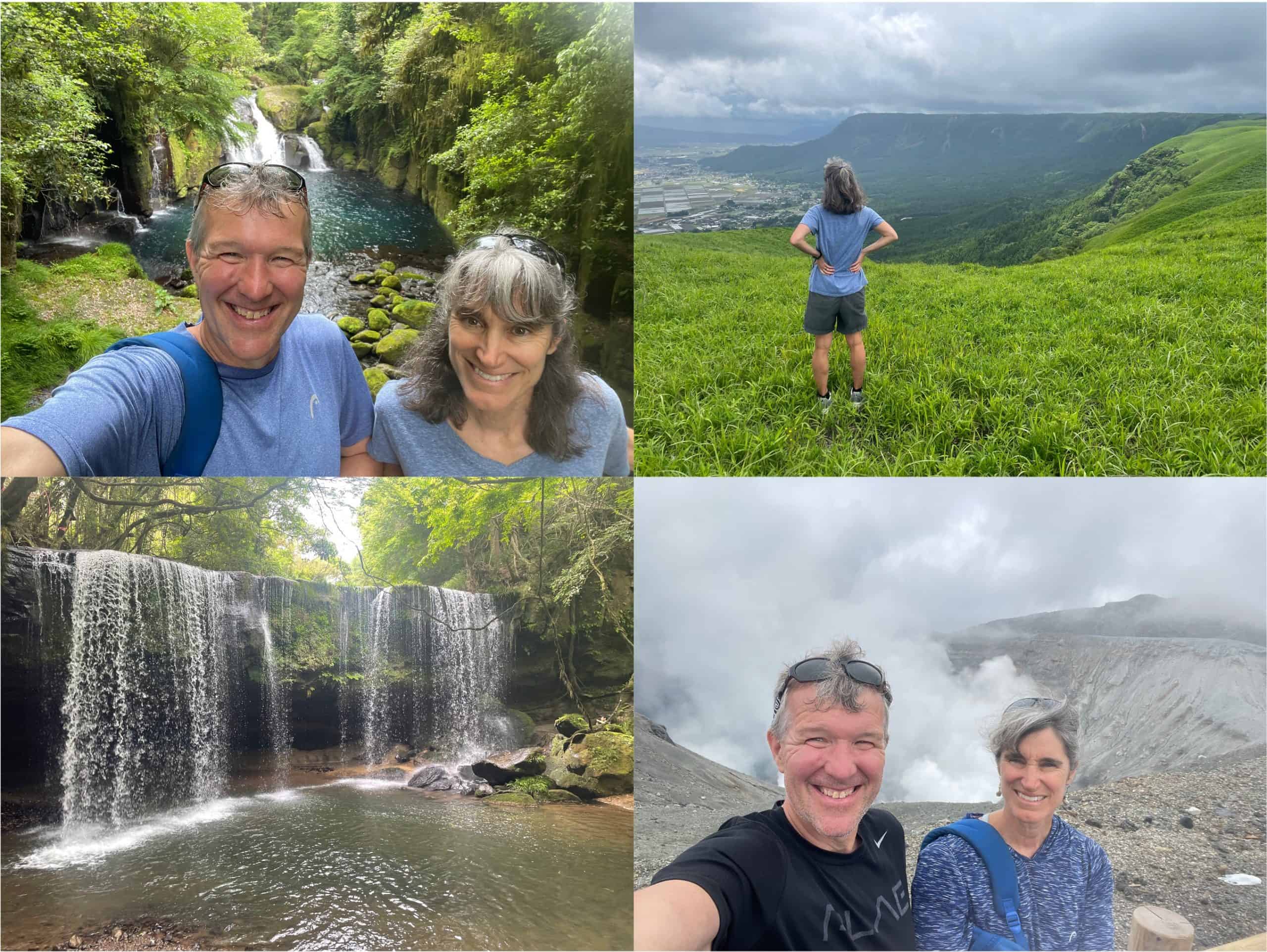
I thought I’d talk through the design process for my final print at MI-Lab… the things that worked and the things that were challenging.
One of my long-term projects is writing a book about the mythology and science of harbor seals and river otters. These are both animals with interesting legends that intersect with environmental themes- lots of legends about shape-changers and blurred lines between the human and the ‘other’.
This was a rough sketch of a potential illustration that I decided to turn into a print. It offered potential for a lot of line work, multiple color layers, etc.
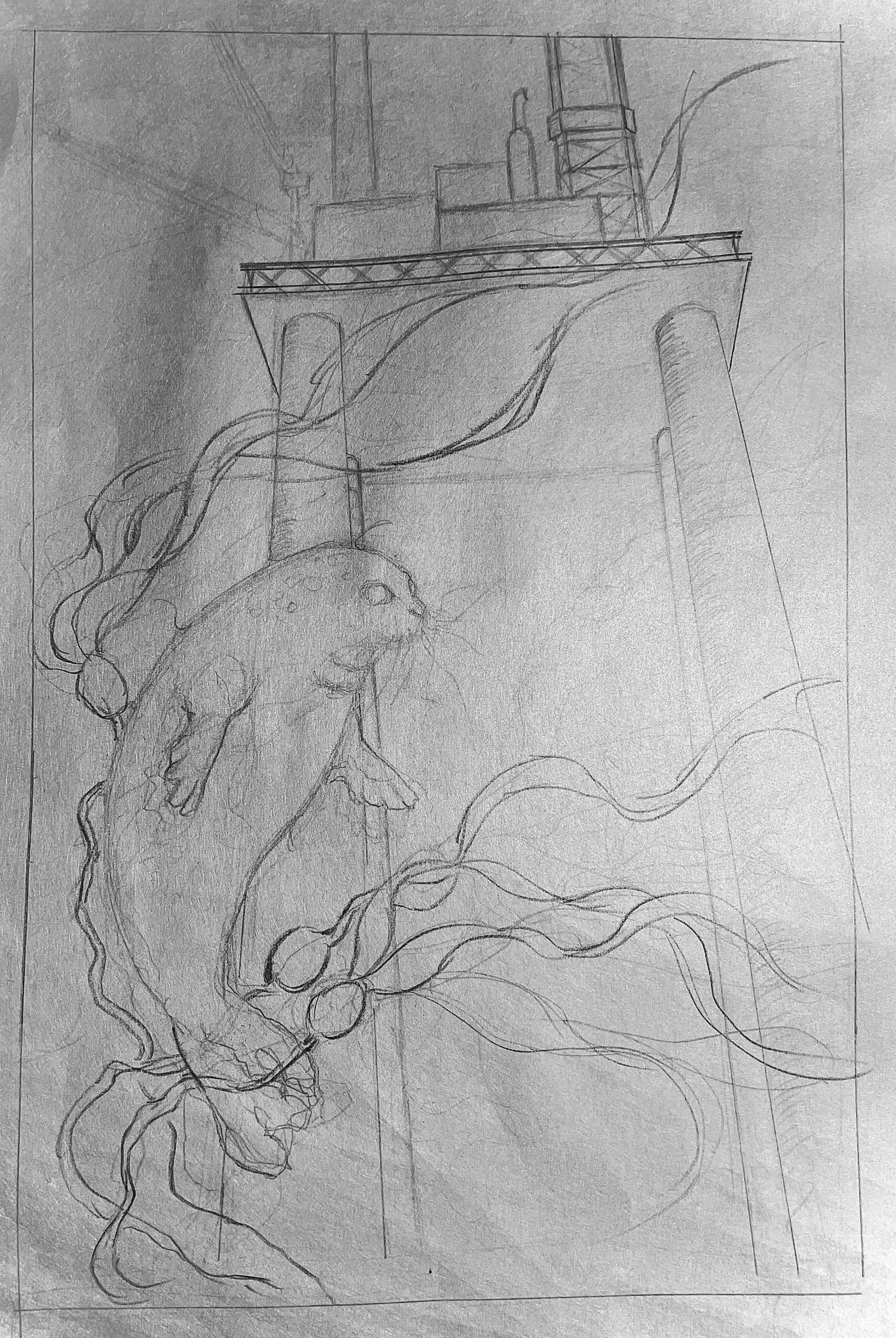
There are a number of stages to creating a mokuhanga print- principally:
-Design
-Block preparation and image transfer
-Carving
-Inking and printing each layer.
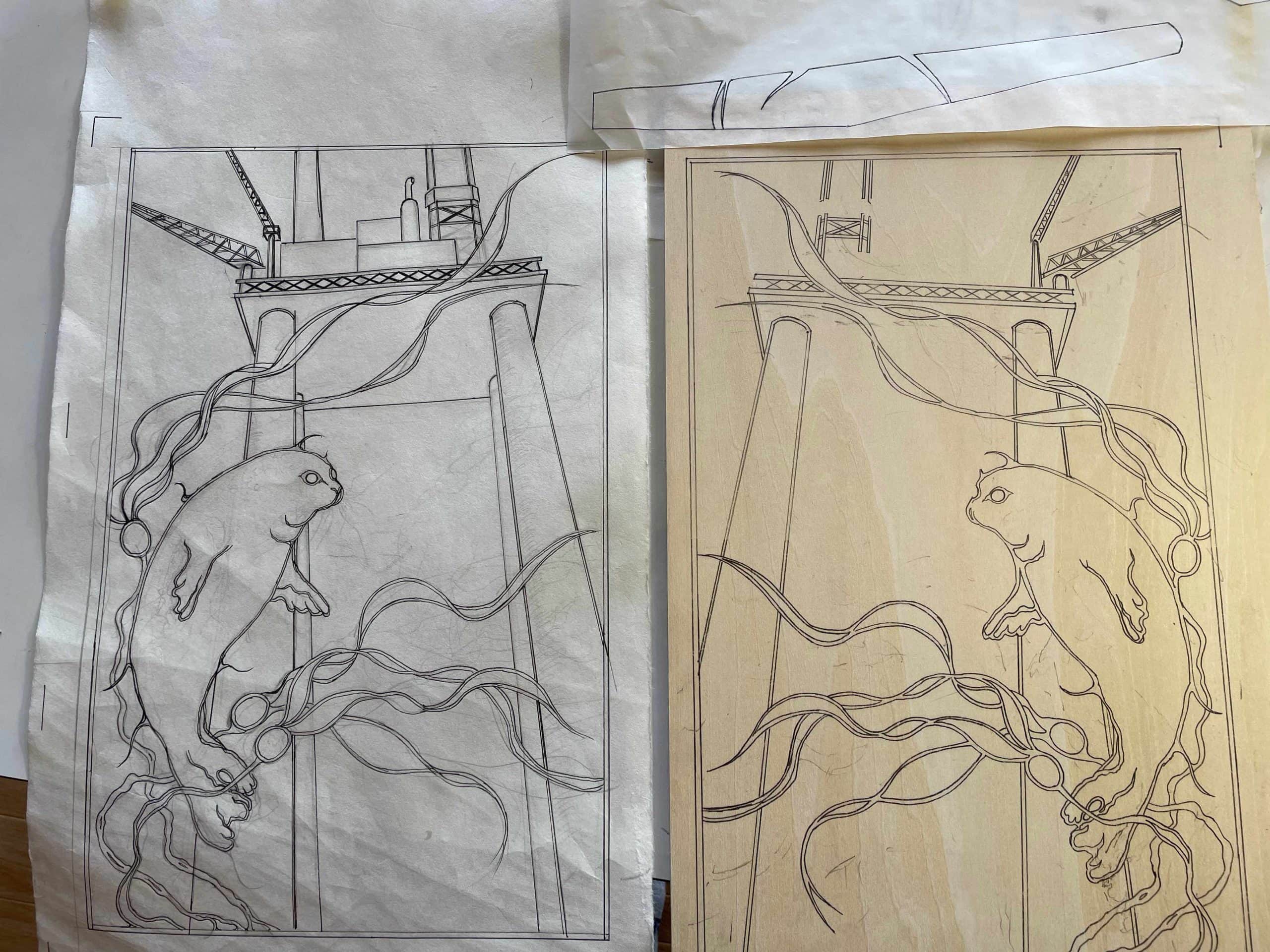
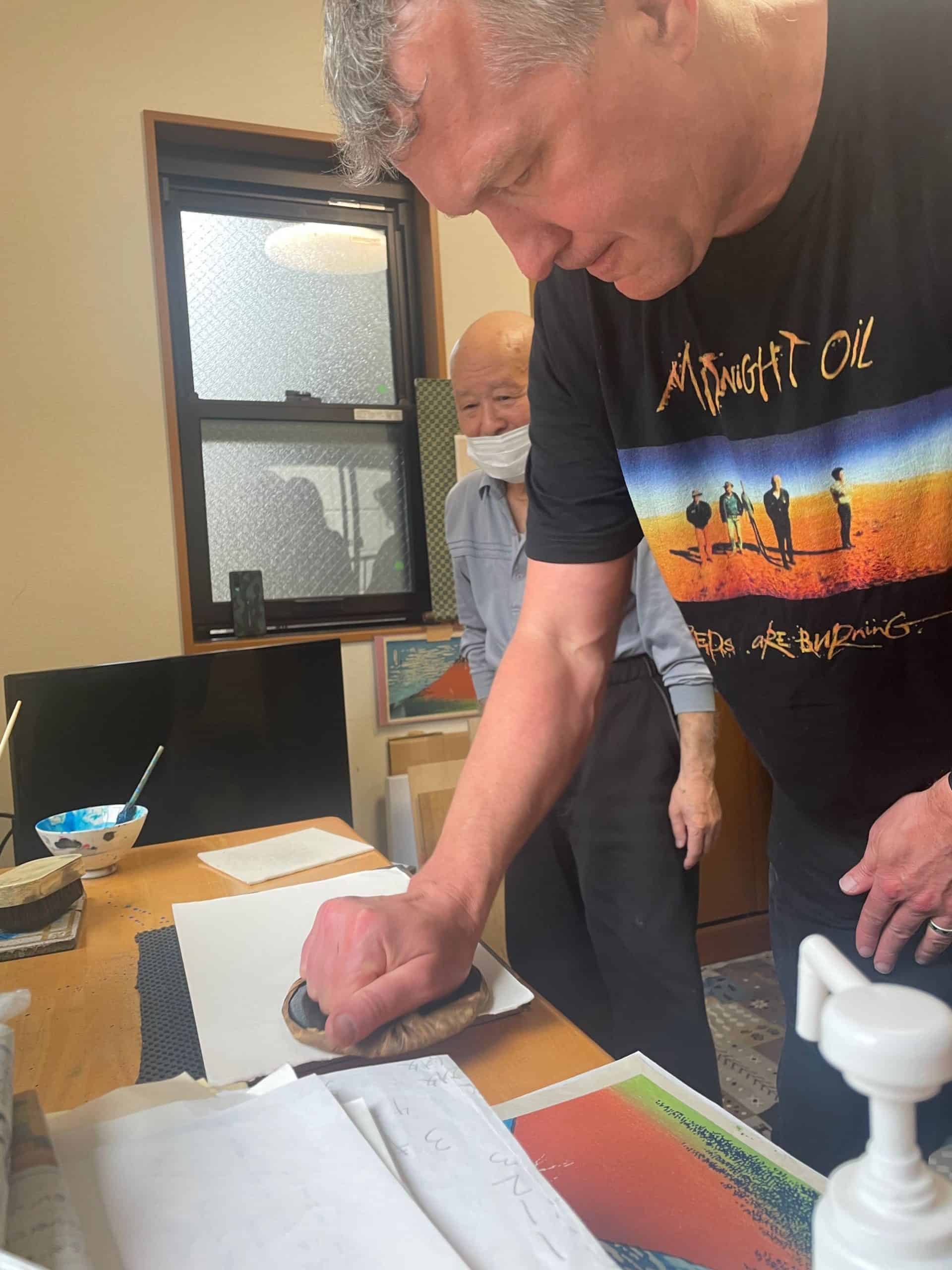
The superfically simple process of transfering ink to the block is rife with nuance.
-You need the right ratio of ink, water, nori paste… or you’ll end up with poor tranfer, or ink blogs creeping into your clean lines. Just look at Chihiro-san’s careful gradient inking of a block in the video below…
There are many, many tangential steps in the process. For example, you can soften and add uniformity to the brushes by singeing the edges and then abrading them on a sharkshin…
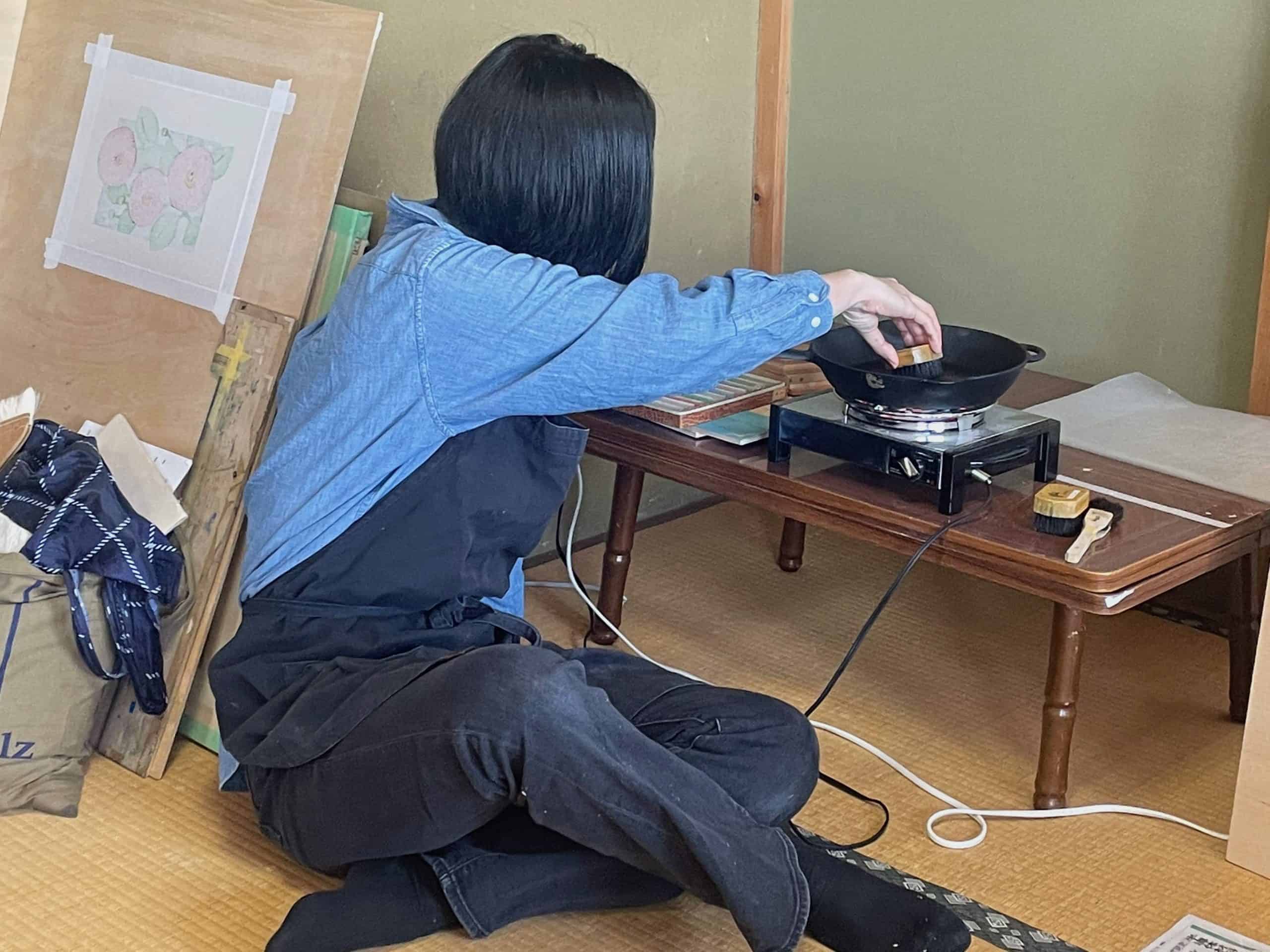
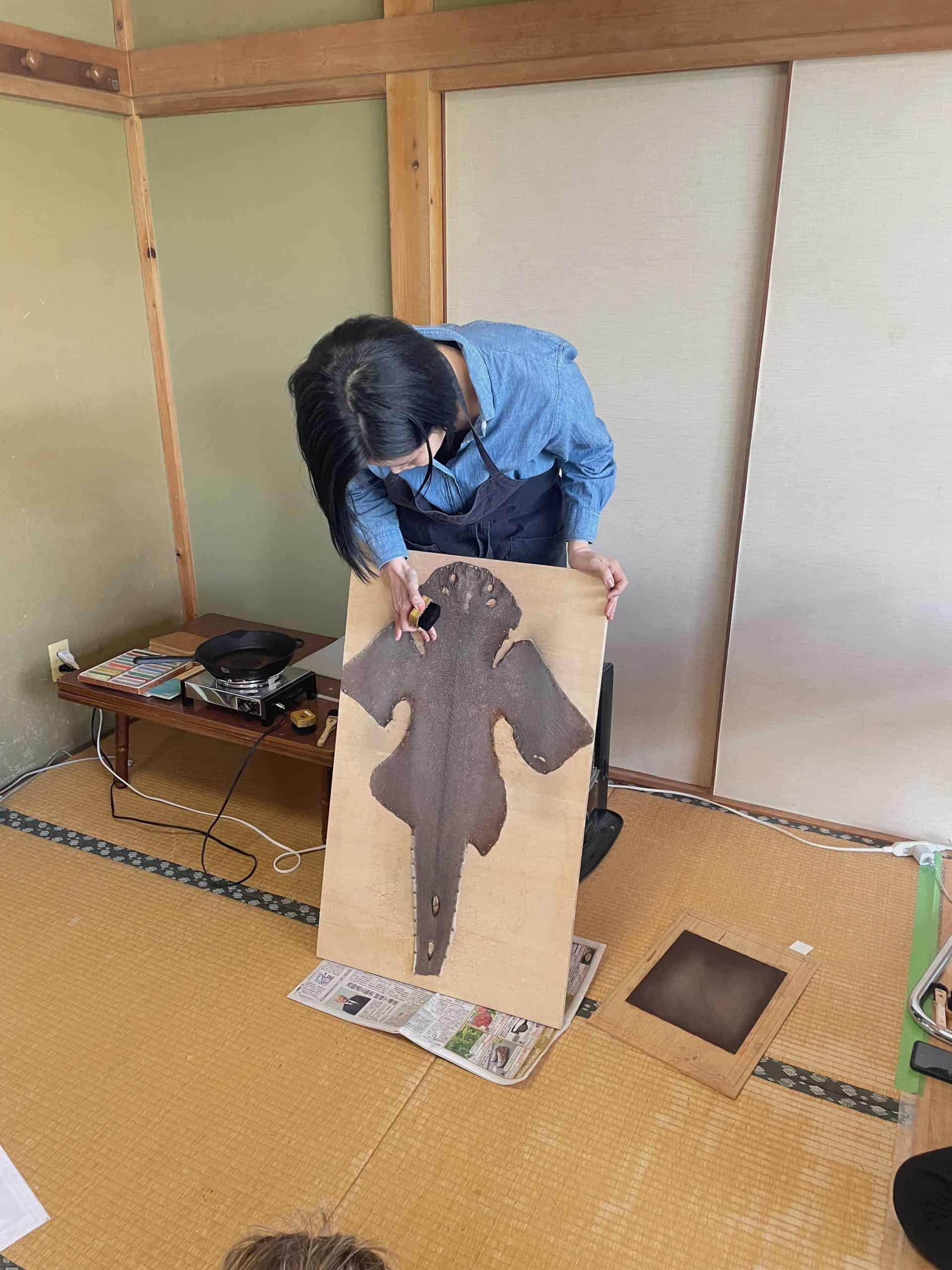
Suffice it to say that I have a lot to learn.
I wasn’t thrilled with my first, rough tests of this particular print. I’d planned to have an outline and multple internal colors, but the whole thing (to my eyes) ended up coming out a bit cartoonish.
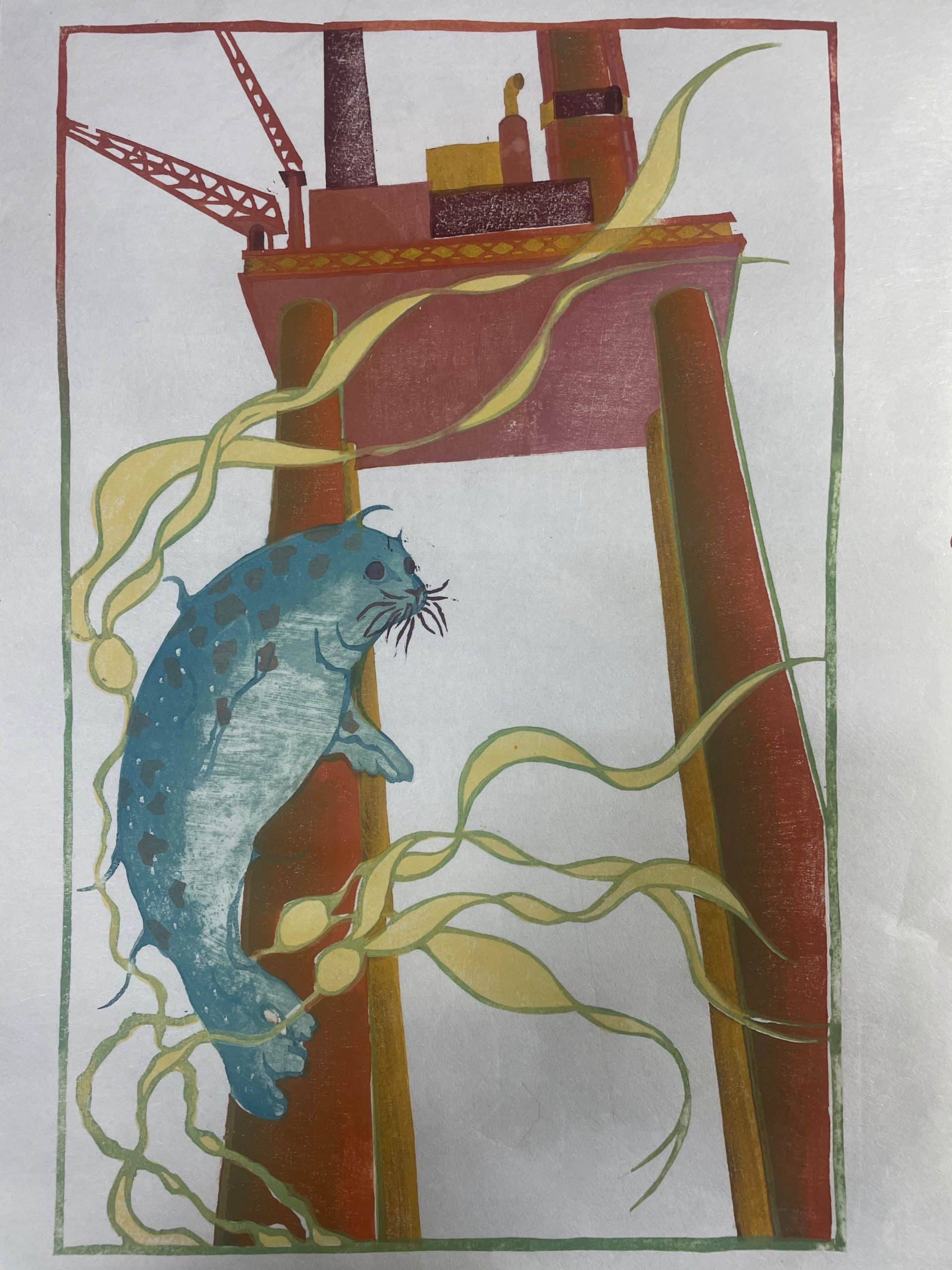
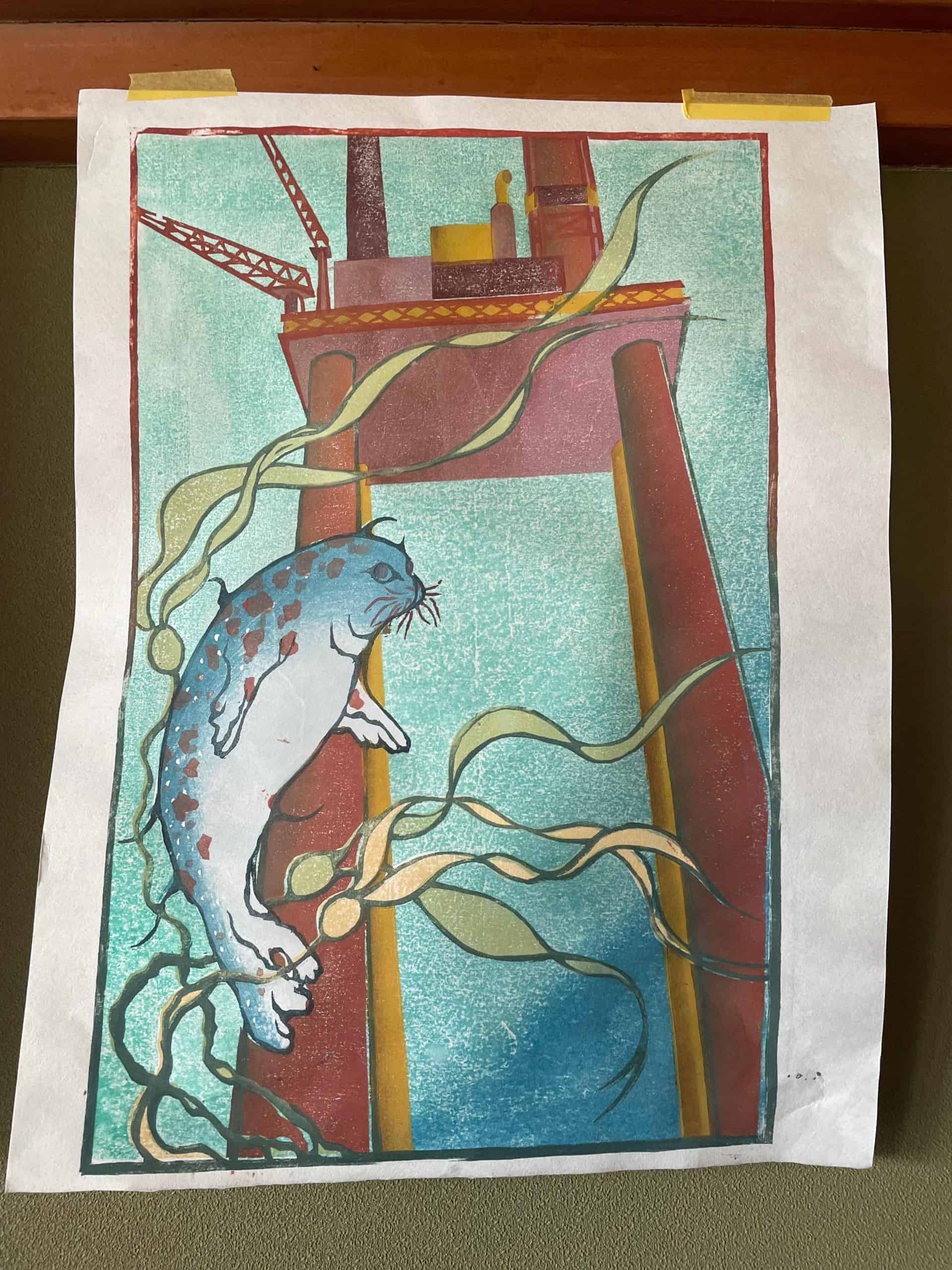
I ended up removing the outline elements from several blocks, and re-printing. I found some of the intial, incomplete prints to be interesting. Mokuhanga seems to be at its best when it emphasizes hue, gradation, form, and impression rather than linework. Very different than the linocuts I’ve done in the past.
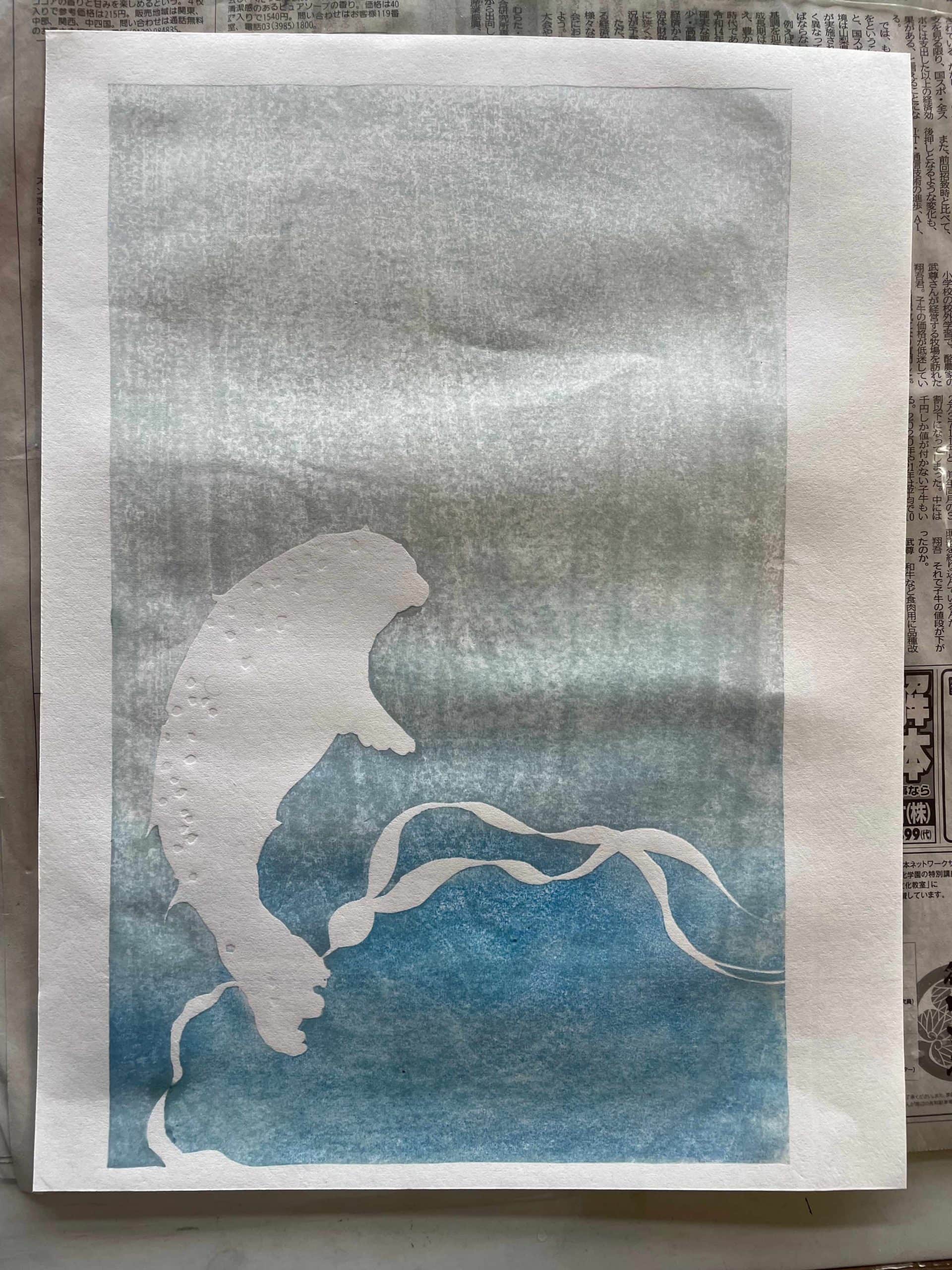
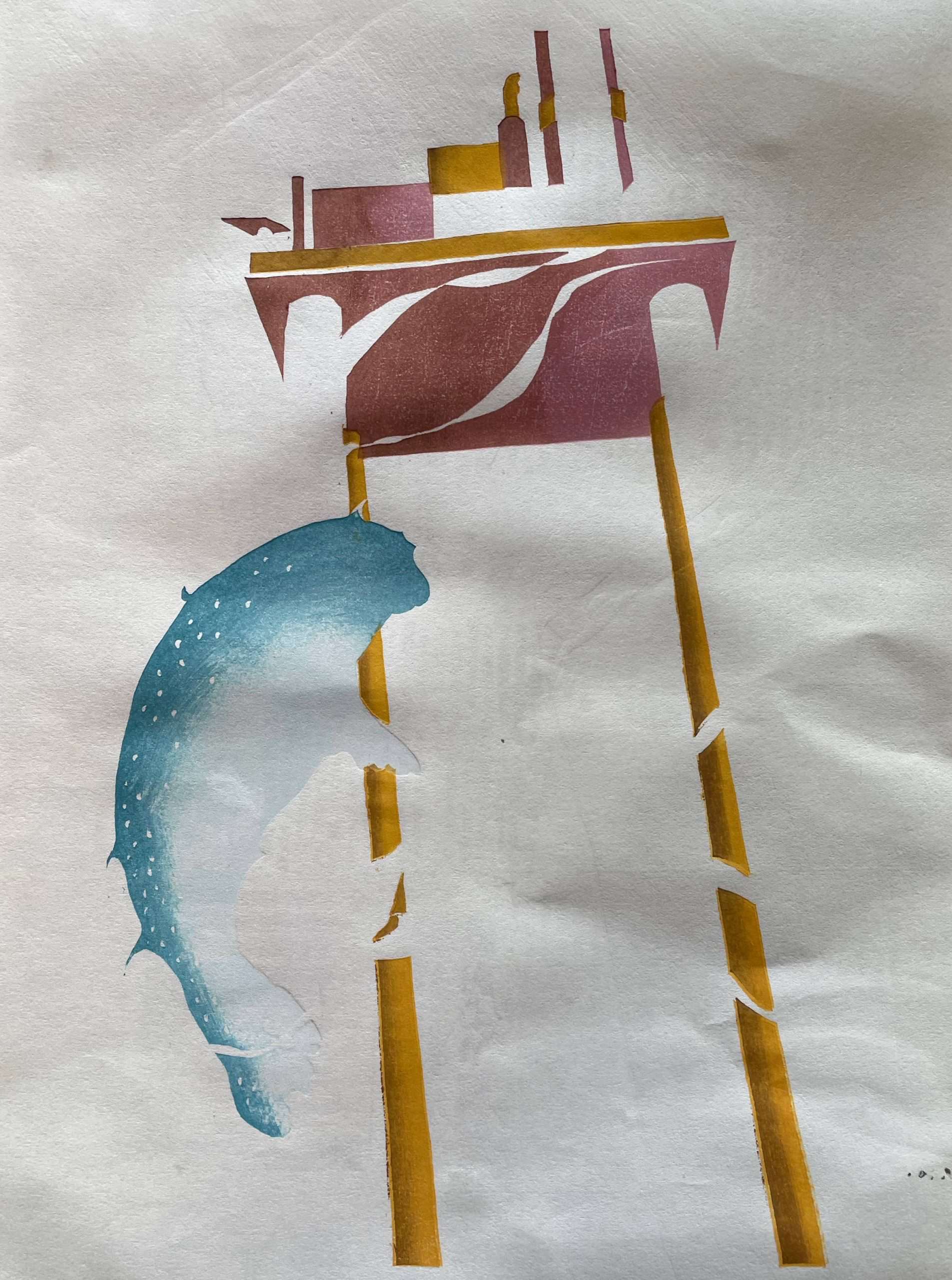

The final version has a few flaws (slight registration errors, inking consistency, etc.). I like the overall feel, however, and I think that it would be a satisfactory project if the craftsmanship level was a bit higher.

I could go on about the details of the process. As one example, you keep your papers moist (but not too wet) inside a slightly damp, newspaper sandwich. Although this method helps with regulating ink transfer, we had one screaming hot, dry day in the studio where nothing worked…
(Here’s Chihiro-san demonstrating how to do it right).

Fun to watch the process evolve, and the next one will be better.
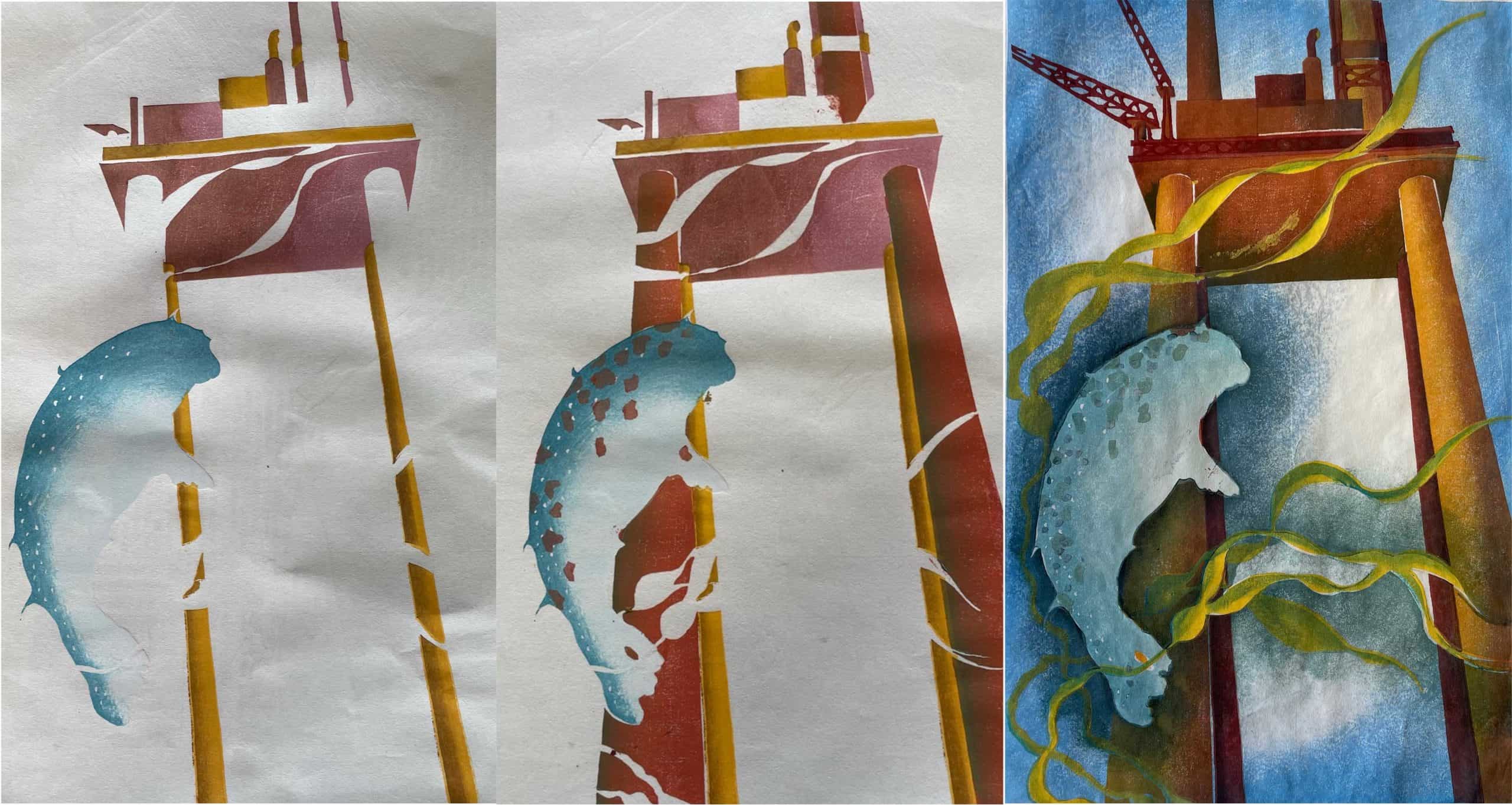
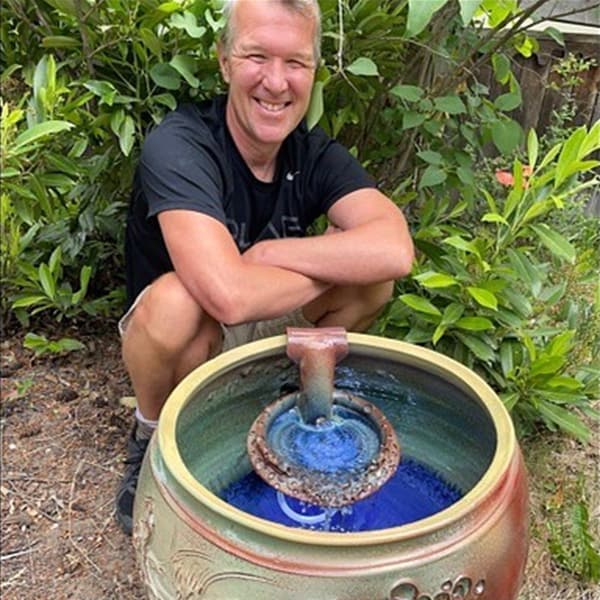
0 Comments